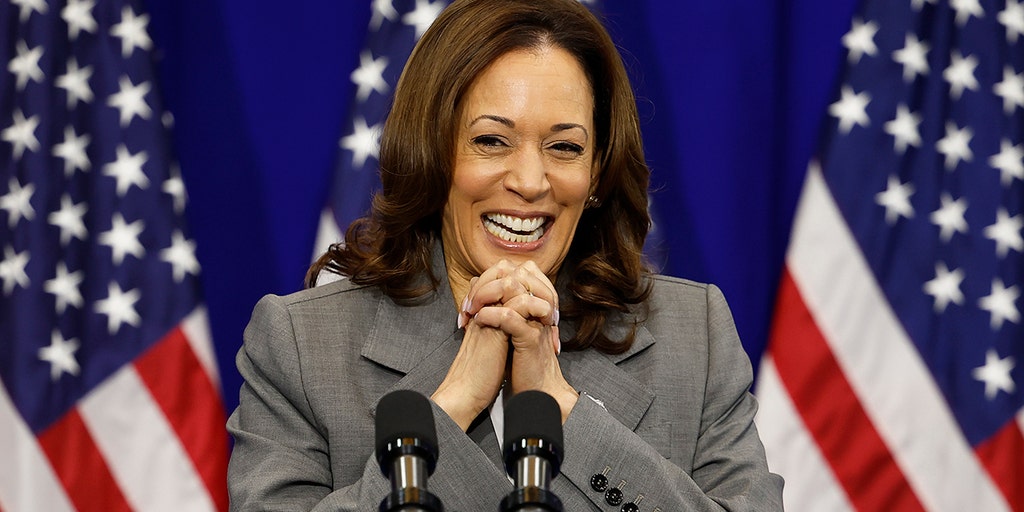
A Reflection on a Missed Presidential Bid
The political landscape is often a stage for grand pronouncements and ambitious campaigns. Recently, the anniversary of Kamala Harris’s presidential campaign became a focal point for reflection and critique. On the anniversary of her campaign launch, many observed the absence of President Joe Biden’s presence in the celebrations, sparking discussions about the dynamics of political endorsements and the long road to the presidency. The campaign, marked by substantial financial investment and high expectations, ultimately faced significant challenges and public scrutiny. The campaign spent more than $1 billion in three months, including spending on celebrity influencers, radical activist groups and private jets. Her failure and reputation were complete. The initial enthusiasm surrounding the launch was quickly overshadowed by the realities of the political arena.
The Unfolding of a Campaign Remembered
One year ago, Kamala Harris launched her presidential campaign, an event that would be remembered and reevaluated with the benefit of hindsight. The campaign’s trajectory, marked by a series of key events, media coverage, and public perception, provided valuable insights into the intricacies of a modern presidential race. The campaign’s approach, strategies, and engagement with the electorate. The use of social media, fundraising efforts, and strategic alliances were all critical components of Harris’s campaign. The use of celebrity influencers and radical activist groups were also a major factor in the campaign. Many social media users were not as impressed, with some pointing out that she neglected to reference Biden in the photos or the post. The absence of Joe Biden from the campaign’s narratives sparked commentary on the underlying relationships and the campaign’s trajectory.
Public Perception and Media Commentary
The public’s perception of Kamala Harris’s presidential campaign has been shaped by media coverage, political commentary, and social media discussions. The way the media and political analysts presented the campaign significantly impacted public opinion. The coverage, focusing on campaign events, fundraising, and candidate performances, influenced the narratives surrounding Harris’s candidacy. Social media amplified voices, fostering a lively debate on various aspects of the campaign. Comments and criticism from social media users and political commentators were often harsh, and the perception of the campaign evolved, creating a complex view of Harris’s bid for the presidency.
The Aftermath: Lessons and Reflections
Following the conclusion of Kamala Harris’s presidential campaign, lessons and reflections emerged. The campaign’s experience provided valuable insights into the challenges and intricacies of modern presidential races. Campaign strategies and the importance of adapting to changing circumstances and the significance of effective messaging and public engagement. The need to navigate media scrutiny, respond to public criticism, and build broad coalitions. The campaign’s outcome stimulated deeper discussions about the current political landscape, the dynamics of presidential elections, and the factors that influence success.
Recap: The Campaign’s Rise and Fall
In conclusion, the anniversary of Kamala Harris’s presidential campaign offers an opportunity to reflect on a pivotal moment in American political history. What began with great promise turned into a period of intense scrutiny. From its inception, through its media coverage, and culminating in its ultimate outcome, the campaign provides valuable lessons for future candidates and political strategists. The campaign’s journey will be remembered as a complex chapter in the ongoing story of American politics.



